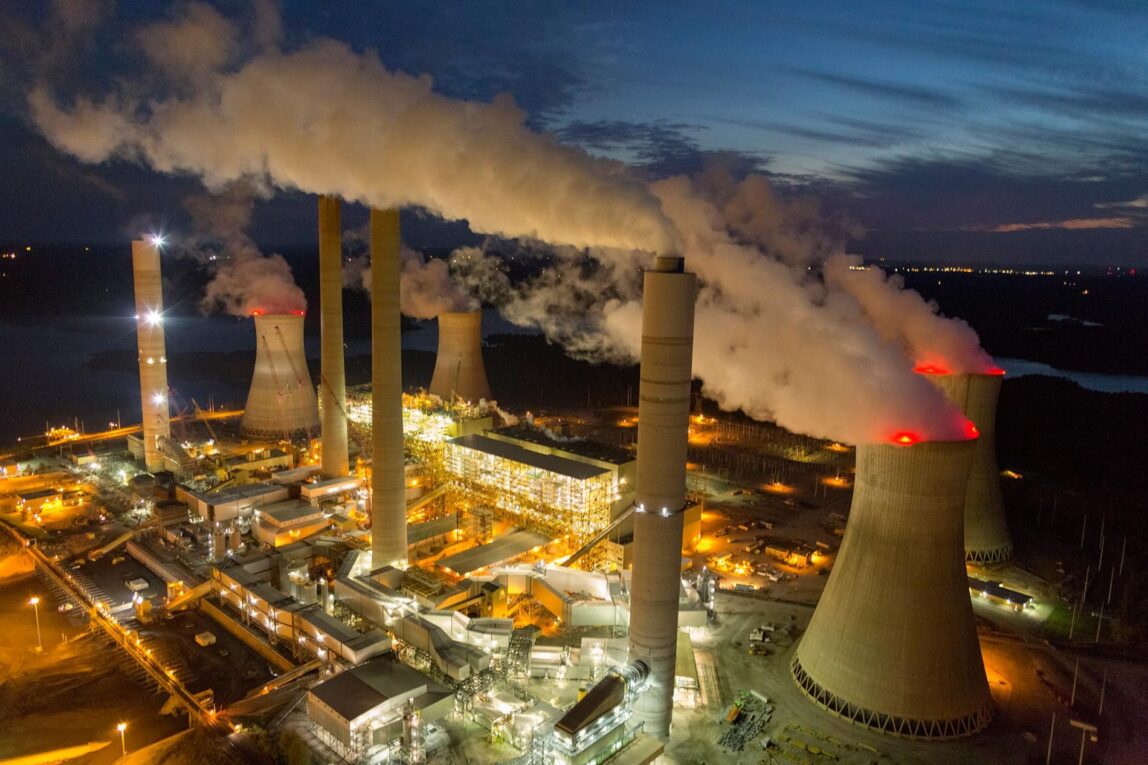What are Captive Power Plants?
Captive power plants are facilities set up by industrial or commercial units to generate electricity primarily for their own use. These plants are not connected to state or national power grids and are therefore not subjected to control or supervision from regulatory bodies like state electricity regulatory commissions.
Key features of Captive Power Plant
– Captive Power Plant are owned and operated by industrial units or special purpose vehicles formed by groups of industries to meet their internal power requirements.
– They are self-contained power generation facilities located within the premises of industrial units or near their plants and offices.
– Captive Power Plant use a variety of fuel sources like coal, gas, diesel or renewable sources of energy to generate electricity primarily for self-consumption.
– Excess power if any generated can be supplied to other nearby industrial units or state grids while maintaining the captive status.
– These plants cater to the base load as well as peak load power needs of industrial operations and processes.
Why do industries setup captive power plants?
Reliability of power supply: Industries require an uninterrupted power supply to ensure continuous operations and maximize production efficiency. Captive plants help industries avoid disruptions caused by grid failures, voltage fluctuations or scheduled outages by the utilities.
Cost effectiveness: Setting up a captive power plant helps bring down the overall power costs for industries compared to sourcing electricity from state grids. Industries can avoid paying many taxes, duties and additional charges imposed on commercial and industrial consumers. Operational costs are also lower due to economies of scale.
Energy security: With captive plants, industries have greater control over their own power infrastructure and are not dependent on centralized state grids for meeting their demand. This provides a higher level of energy security which is critical for many energy intensive industries.
Technology selection: Captive plants allow industries the flexibility to choose fuel and technology best suited to their requirements. They can install most efficient power generation systems according to their energy needs and processes.
Environmental compliance: Industries can meet growing environmental norms by shifting from liquid fuels to greener energy sources like natural gas, biogas or integrating renewable technologies in captive plants. This helps reduce emissions and fuel expenditure in the long run.
Key types of captive power plants
Thermal power plants: These are the most common type used in majority of captive plants. Thermal power plants use fuels like coal, lignite, gas etc to produce steam which drives steam turbines to generate electricity.
Diesel generator sets: Diesel gensets serve as reliable backup power sources in industries where intermittent supply cannot be tolerated. They provide electricity during failures or maintenance periods.
Gas turbines: Simple cycle gas turbines running on natural gas, liquid fuels are used extensively in industries like petrochemicals, refineries, fertilizer plants etc for their high efficiency.
Combined heat and power (CHP) plants: Also known as cogeneration plants, they produce both electricity and useful thermal energy together in one integrated system. industries can utilize waste heat for other heating applications.
Renewable energy plants: With falling prices, more industries are adopting renewable technologies like solar, wind, biomass etc either on a standalone basis or hybridized with conventional plants to meet green commitments.
Coal based thermal plants
Coal remains the most used fuel for captive thermal power plants due to its abundant domestic availability and relative affordability. The key types of coal power plants installed on industrial premises are:
Subcritical units: These conventional subcritical units with steam parameters of 538°C/241 bars are widely used across many industries. Though less efficient, they are proven technologies suitable for baseload or mid-merit generation.
Supercritical units: Newer supercritical plants operate at higher parameters of around 580°C/270 bars resulting in better efficiency. These plants have lower carbon footprint and are preferred for large energy-intensive industries.
Ultra-supercritical units: The latest ultra-supercritical technology operates at still higher critical parameters of up to 600°C/300 bars, with state-of-the-art turbines achieving highest efficiencies of around 45%. Their superior performance makes them an optimal choice for energy-hungry sectors.
Fluidized bed combustion systems: These enables efficient combustion even of low-grade coals and agro-residues. Circulating or bubbling fluidized bed boilers offer an eco-friendly alternative fuelled by biomass or biomass blends.
Co-generation from thermal plants: Many industries recover heat available in flue gases and cooling systems to cogenerate thermal energy for their processes. This further enhances overall plant efficiency to over 80%.
Key benefits of coal powered captive plants include maximum plant load factor utilization due to high availability, lowest tariffs, technology options suitable for all plant capacities from a few MWs to several hundred MWs and scope for co-firing of biomass fuels.
Alternative fuel options
While coal dominates captive thermal plants, following alternative fuel sources are also increasingly used based on regional fuel availability and project economics:
Natural gas: A cleaner alternative to coal which is becoming more popular for new captive plants. Technologies include gas turbines, combined cycle plants, gas engines. Industries in gas grid areas can directly use piped gas as fuel.
Diesel: Used extensively in smaller generating sets and as fuel for engines in hybrid power solutions. Provides backup during low gas pressures or grid failures in some industries.
Petroleum products: Various petro-fuels like furnace oil, naphtha are combusted directly in captive plants set up within refineries or petrochemical complexes having access to such fuels.
In conclusion, Captive Power Plant have emerged as the mainstay for reliable power supply to industries in India. They have gained more relevance with deregulation and open access policy providing viable alternative to expensive grid tariffs.
*Note:
1. Source: Coherent Market Insights, Public sources, Desk research
2. We have leveraged AI tools to mine information and compile it

